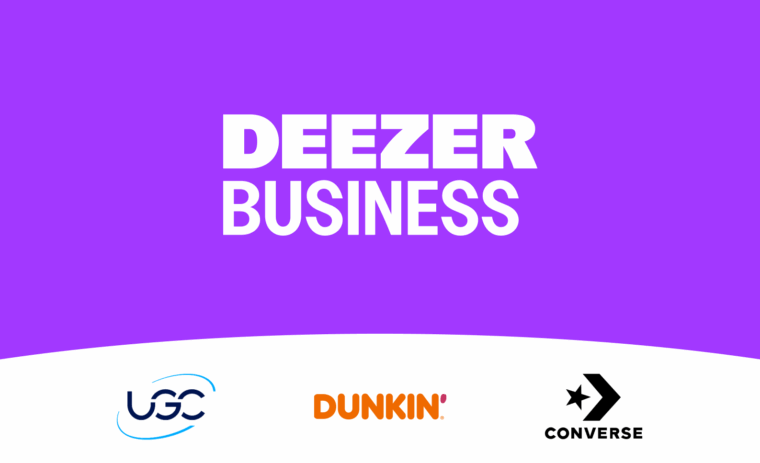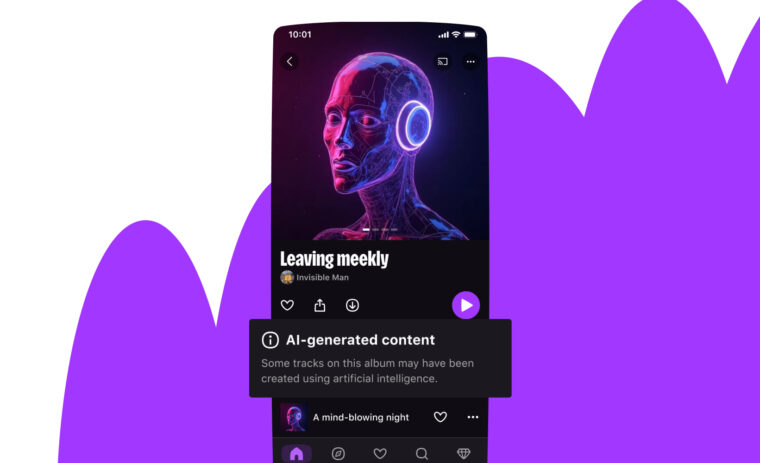Blog post coauthored by Viet Anh Tran. Special thanks to Romain Lods.
A key aspect of Deezer product is providing our users with a personalized listening experience. To pick the perfect tracks for the right moment, a wide variety of signal processing and machine learning algorithms are involved in Deezer’s recommender system, and our teams are constantly working to improve them.
To this end, we sent two of our best research engineers to this year’s ACM Recommender Systems Conference in Como, Italy.
2017’s hot topics include:
- Matrix Factorization
- Transfer learning
- Cross-Domain Recommendation for large-scale data
- Deep Learning
Below is a selection of papers presented during the conference.
entity2rec: Learning User-Item Relatedness from KnowledgeGraphs for Top-N Item Recommendation
entity2rec is an interesting user-item embedding system demonstrated on the movie lens dataset. First they build a knowledge graph including actors, directors, genres which represent users’ preferences. Then they project the graph using random walks and word2vec, which sends all nodes (movies, users, features) to the same space. Top recommendations for each user are obtained among nearest neighbors in the resulting space.

Folding: Why Good Models Sometimes Make Spurious Recommendations
D Xin, N Mayoraz, H Pham, K Lakshmanan, J. R. Anderson
Alternate Least Square algorithms for matrix completion have attracted a lot of attention in the recommendation community since Simon’s seminal blog post “Netflix Update: Try This at Home”. It provides a fast and scalable method to predict users’ ratings and still is the core of a wide range of recommender systems. There is very little theoretical explanation, it just works.
However, the success of this approach relies on some misunderstood hypotheses and some scenarios lead to spurious recommendations. This nice visualization of what happens in a “block low-rank” scenario provides some intuition on how to reduce the folding of users’ prediction.
User-item blocks are easily understandable: extreme movie genres (kids-horror) and countries induce a strict co-segmentation of the user-item matrix. Then the folding happens: a naive ALS algorithm will rate items out of user-item blocks, resulting in a few far fetched items polluting users’ predictions.

A Deep Multimodal Approach for Cold-start Music Reco
Sergio Oramas, Oriol Nieto, Mohamed Sordo, Xavier Serra
Content based features are very precious for long tail recommendations: rare tracks with few daily streams are often left apart by popularity based recommender systems. Building an item-item similarity measure based only on tracks and metadata, it is possible to build tracklists using the entire catalog. Here is an interesting deep learning pipeline for feature extraction that combines both audio spectral analysis and artist biography.

And of course we are very excited about ACM RecSys Challenge 2018: Spotify Playlist continuation…






